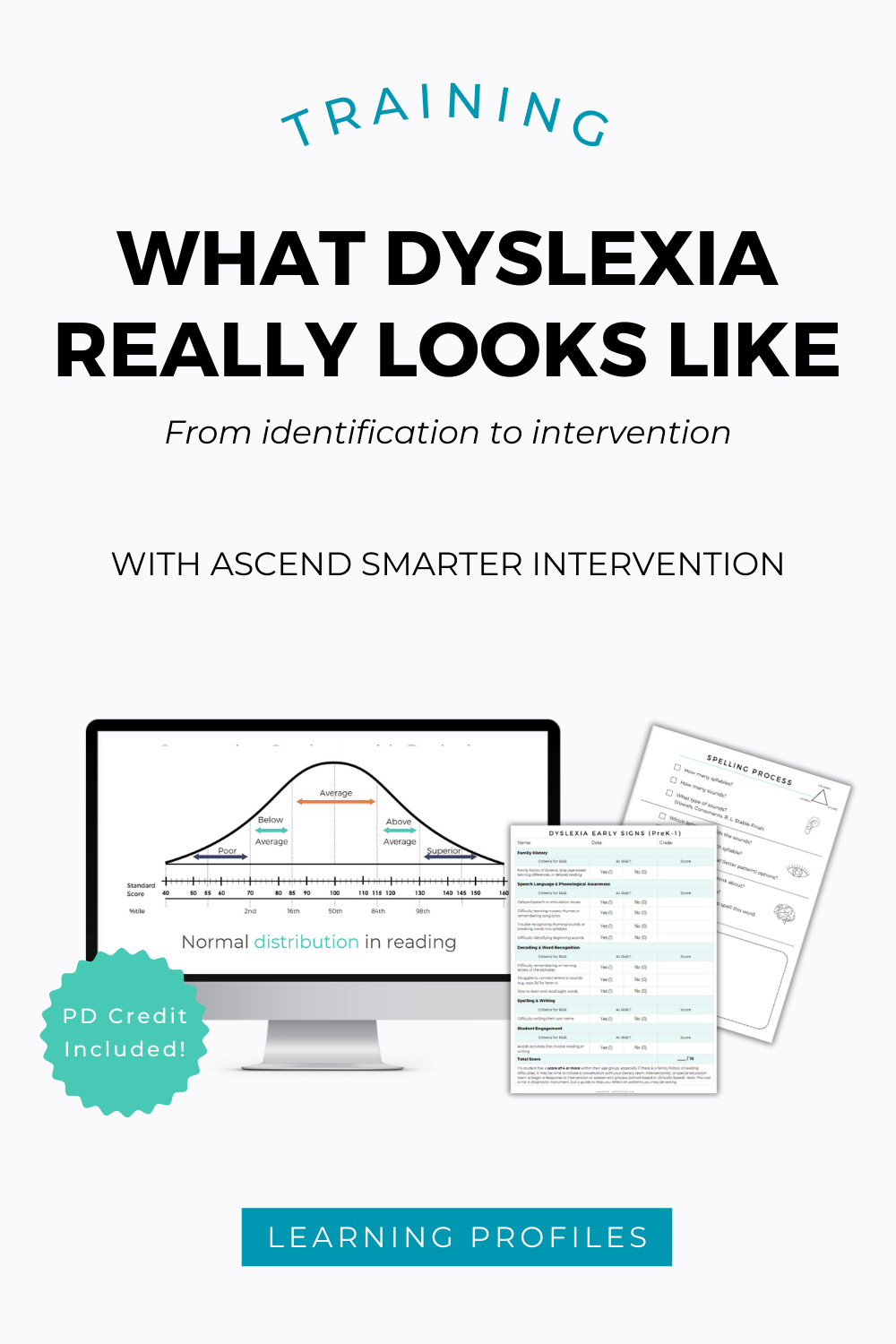Everything Was Fine Until 3rd Grade
A common theme we hear from families is:
“Everything was fine… until third grade.”
Their child wasn’t struggling. Teachers hadn’t raised any red flags. Reading seemed on grade level, or at least close enough. And then, suddenly, something shifted.
By third grade, it all seemed to fall apart.
Why Is 3rd Grade a Turning Point?
For all students, third grade is a pivotal year in their literacy journey. But for students with undiagnosed dyslexia, it’s often the year when long-hidden struggles finally surface.
Here’s why:
In K–2, the focus is on learning to read
Instruction emphasizes phonemic awareness and phonics, the foundations of decoding. Texts are decodable, repetitive, and include pictures. This makes it easier for dyslexic students to compensate or fly under the radar.
In 3rd grade, the focus shifts to reading to learn
Suddenly, students are expected to apply their decoding knowledge to extract meaning from longer, more complex texts. The safety net of phonics-heavy instruction and supportive texts disappears.
If a child has a weakness in phonemic awareness, decoding, or fluency, that gap becomes impossible to hide.
What Happens to Dyslexic Students in 3rd Grade?
Even students who seemed to be “fine” in earlier grades may have been coping, not truly reading with accuracy or automaticity, but instead using:
Picture cues to guess
Memory of patterned text
Strong verbal reasoning to fill in gaps
In third grade, these supports disappear:
Texts become longer and contain multisyllabic, low-frequency words
Picture support declines, making guessing strategies ineffective
Academic expectations rise, requiring students to read to understand, analyze, and respond
This is when many dyslexic students start to feel overwhelmed, and when adults begin to realize that something deeper may be going on.
The Instructional Gap
Ironically, primary-grade instruction may have been more helpful to these students (even if they were struggling) because it focused on explicit phonics and decoding, the exact areas they need support in.
In third grade, those foundational skills are often phased out just as the student’s difficulty becomes more apparent. Without targeted support, the gap widens.
“It Seemed Like Everything Was Fine…”
If this story feels familiar, you’re not alone. What often seems like a “sudden” reading difficulty in third grade is actually the surfacing of long-standing dyslexia that was harder to detect in earlier years.
That’s why early screening, careful observation, and awareness of signs are so critical, even if a student appears to be doing well in K–2.
👉 Want help identifying those subtle signs?
Check out: 5 Clues to Dyslexia (That Are Easy to Miss)
Concerned about dyslexia?
We’ve created a free checklist that highlights the most common signs of dyslexia across ages and settings, including what to look for in conversation, reading tasks, and writing.
👉 Download the Dyslexia Symptoms Checklist here!
Want to Go Deeper?
Check out our On-Demand Professional Development Training:
“What Dyslexia Really Looks Like: From Identification to Intervention”
In this training, we walk through:
How dyslexia presents differently across ages and grade levels
Why some students “fly under the radar” until academic demands increase
Practical ways to identify patterns early and connect students with the right support (from accommodations to instruction
How to manage conversations around dyslexia
You don’t want to miss this one!


